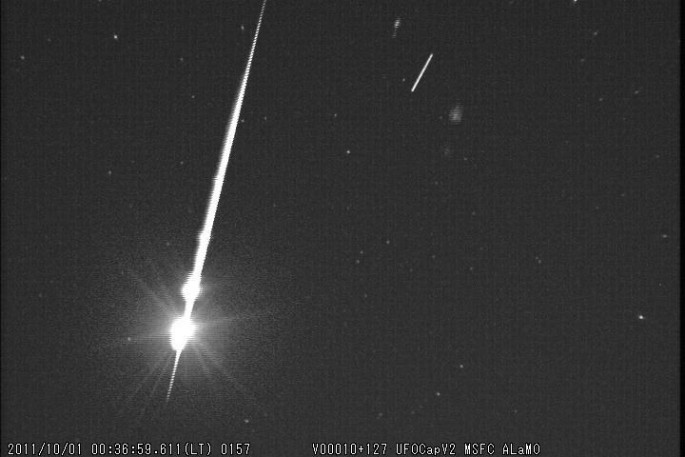One of the best things about summers this year is the approach of some of the spectacular meteor showers. While several showers have already lightened up the skies in May and April 2017, the best is yet to come in the form of the Southern Delta Aquarids and the Perseids.
The first one of the two notable displays, Aquarids will start from July 26, Tuesday and last until July 31, Sunday. The Aquarids shower will be followed by one of the most spectacular and strongest meteor showers of the season, the Perseids.
The Perseids would lighten up the sky and reach their peak on August 12, according to Space.com. This year, specifically, the Perseids meteor shower would put up a spectacular show, according to NASA meteor expert Bill Cooke.
According to Cooke, in 2016, the Perseids meteor shower would appear at double the usual rates, thus making it the most popular meteor shower of the year. As compared to the usual 80 Perseids per hour rate, astronomy enthusiasts and sky gazers may get to see as much as 150 to 200 meteors per hour.
Moreover, people do not need to carry any sought of a telescope of sophisticated machine to witness the phenomenon this time. All they need is an open sky and a pair of eyes.
"Meteor-shower observing requires nothing but your eyes; you want to take in as much sky as possible," Cooke said in a statement. "Go outside in a nice, dark sky, away from city lights, lie flat on your back and look straight up. [Take] your choice of beverage and snacks and things like that."
According to the publication, the Perseid meteor shower will be best seen by the people who live in the Northern Hemisphere and the ones living in the mid-southern latitudes. Cooke further said that people may need to take out a couple of hours to witness the meteor shower. It will take a minimum of 30 minutes for people to adjust their eyes to the darkness, before they are able to see the sky clearly.
Considering the rate of the shower, around two to three meteors are expected to cross the sky on the expected dates. The meteors will be visible after midnight.
The following video talks about Perseid meteor shower 2016:



























